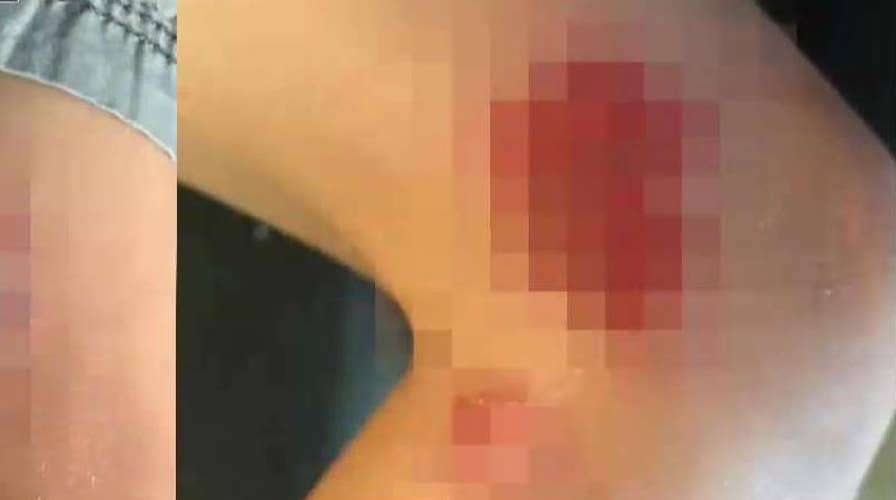What you need to know about flesh-eating bacteria and more this summer
Dr. Roshini Raj separates fact from fiction for the summer vacation season.
From California to Texas and across the country to Florida, a dangerous and potentially deadly infection has seemingly dominated the news this summer: necrotizing fasciitis, colloquially referred to as flesh-eating bacteria.
Flesh-eating bacteria infections — which, in severe cases, can result in amputations and even death — can occur when those with an open cut or wound enter a hot tub, swimming pool, lake or ocean, allowing bacteria to enter. Though necrotizing fasciitis can be caused by more than just one type of bacteria, the most common cause is group A Streptococcus (Group A Strep), per the Centers for Disease Control and Prevention.
Annually since 2010, there have been approximately 700 to 1,200 cases of necrotizing fasciitis caused by Group A Strep, according to the CDC. That said, the federal health agency noted this is “likely an underestimate.”
Here’s what to know about necrotizing fasciitis this summer.
First, what is necrotizing fasciitis?
Simply put, necrotizing fasciitis “is a rare bacterial infection that spreads quickly in the body and can cause death,” the CDC says.
How is it contracted?
“Flesh-eating bacteria enters the body through a cut of the skin or open wound and spreads into soft tissue, like the muscles. If left untreated, the infection can move into the bloodstream,” Dr. Mike Sevilla, a family physician based in Ohio, told Fox News.
IS FLESH-EATING BACTERIA HEADED TO A BEACH NEAR YOU?
“People with compromised immune systems, like those with cancer or liver problems, are at higher risk of the bacteria progressing to necrotizing fasciitis,” he added.
I’m worried I’ve been infected. What should I do?
Act fast.
“What we worry about is a worsening of the flesh-eating bacteria in a disease process called necrotizing fasciitis,” Sevilla said.
Necrotizing means “causing the death of tissues” while fasciitis means “inflammation of the fascia,” according to the CDC, which explained the fascia is the “tissue under the skin that surrounds muscles, nerves, fat, and blood vessels.”
Also, check your symptoms, Sevilla urged.
“Symptoms can start just hours after the person is infected and may appear as a bright red, swollen and shiny wound,” Sevilla said, noting symptoms “can then progress to severe pain, fever, nausea, vomiting and diarrhea.”
“It is very important for patients to immediately seek medical attention if they experience these symptoms,” he added.
What is the biggest mistake to make when dealing with a potential infection?
“The biggest mistake people make is not recognizing necrotizing fasciitis quick enough. One of the early signs could be muscle pain, which people misinterpret as a pulled muscle,” he said. “This infection can get worse in a matter of hours and if treatment is delayed the patient often requires hospitalization.”
How can I avoid necrotizing fasciitis?
In short: Practice good hygiene.
“Flesh-eating bacteria can be common in lakes and oceans. Practicing good hygiene is essential for [the] prevention of necrotizing fasciitis. Those with open wounds or active infections should keep them covered with dry, clean bandages and avoid bodies of water, including swimming pools and hot tubs,” Sevilla advised.
“After swimming, be sure to wash your body with soap and water,” he added.
Fox News' Alex Hein contributed to this report.

